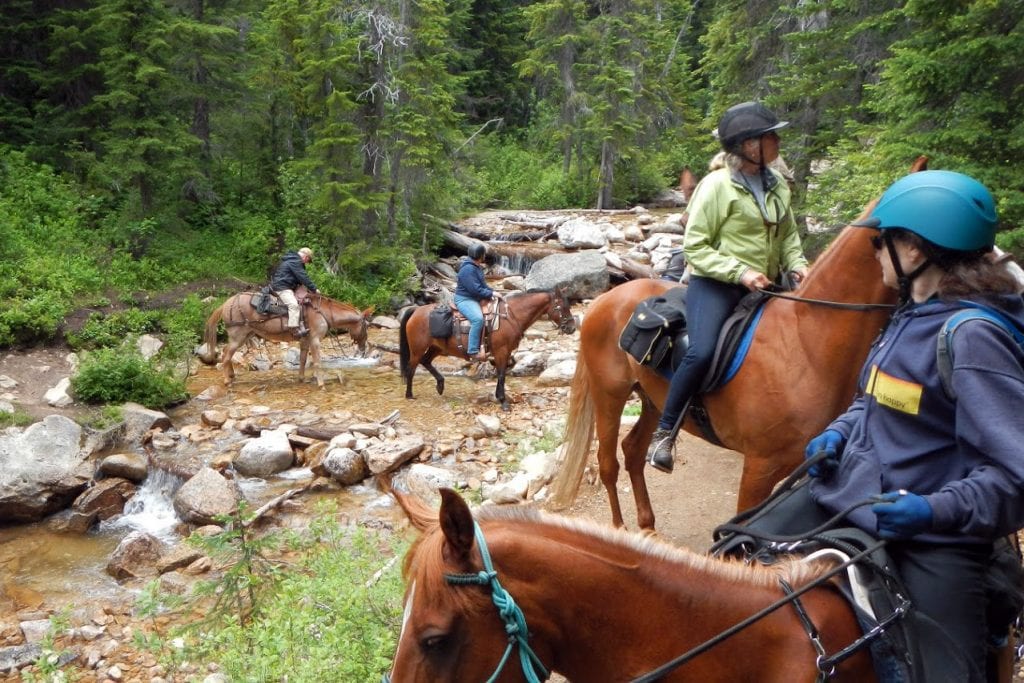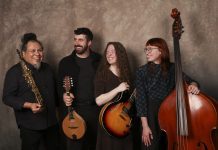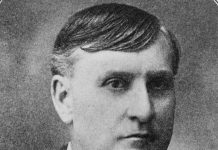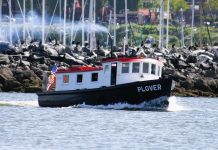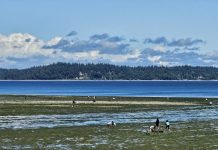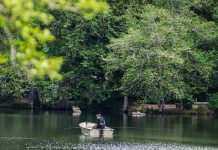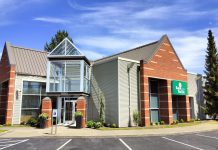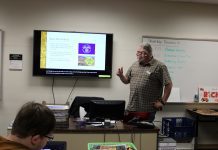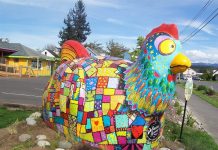Whatcom County is home to a branch of the national Backcountry Horsemen organization. Not heard of it? Well, if you walk or run, ride a mountain bike or a horse, or just take the dog for a walk in the woods that cover much of our area, there’s a good chance you’re familiar with their work. I recently spoke with Mike McGlenn, who’s filled many positions with the Horsemen over the past 35 years.
McGlenn has worked with the Backcountry Horsemen at both the national and the local level, and his love of their mission is evident. Their goals include taking horses into the backcountry and wilderness, working to insure that public lands remain open to recreational use, assisting the agencies that manage those lands, and bringing the general public along for the ride.
Born in Concrete, McGlenn met his wife while living in Anacortes, and they moved to Bellingham in 1975. Along the way, he spent three years in the Army, where he performed safety inspections on helicopters, and spent time in a variety of places, from Oklahoma to Vietnam. He’s spent the last 35 years surveying boats. He and his wife have long been avid riders of both horses and Harley Davidsons. “There are very few roads or trails in Skagit and Whatcom County that we haven’t ridden on.”

Locally, one of the highlights of Backcountry Horsemen’s work is trail maintenance and creating trailheads. “We do a tremendous amount of volunteer work keeping trails open; if a horse can get down the trail, so can you. If the trail isn’t open to us, it pretty much stops everybody,” McGlenn says.
But the horses aren’t just practical for judging the state of a trail. “When you’ve got something, you want to figure out a way to use it. Like the four wheel drive guys are always looking for a way to get stuck, we’re always looking for a way to load a bunch of gear on a horse and carry it into the woods.”
In a world where we often focus on developing technologies to move us into the future, this kind of work has a special charm. “There are many things that our guys pack that you would look at and think ‘How in the world did you ever put that on an animal?’ Well, that’s part of the fun and part of the skill. You can pack everything from a bowling ball to a piano, you just have to figure it out,” says McGlenn. “And often that’s the only way to get all of the gear or the equipment or supplies into a remote location, especially in wilderness areas.”
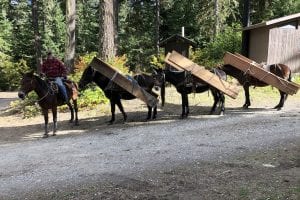
Using pack animals to get deep into the woods is not just a novelty. “The term ‘Wilderness,’ with a capital W, is a legal term. In this kind of wilderness, you’re not supposed to use mechanical things. You have to get special dispensation to use a helicopter to carry in a bridge, or to use chainsaws,” he says. “For the Forest Service or the Parks Service to do work several miles into the forest, you need to be able transport gear and equipment in an accepted manner.”
The same applies for local, non-government groups, like the Washington Trails Association. “They learned a long time ago that, beyond three miles in, they couldn’t get an awful lot of people to work or get anything done. So over time we have partnered with them,” McGlenn says. “They put up work parties that show up at the trailhead and put all their gear out; we load it on the pack animals and take it five or 10 miles into the woods. They hike in and set up a camp, spend a week doing trail work, and then when they’re done, our guys pick it up and haul it all back to the trailhead. It has greatly extended the range of their ability to do the kind of work they love to do.”

Backcountry Horsemen also work with the United States Forest Service, National Park Service, and the Department of Natural Resources in Skagit and Whatcom Counties.
“The DNR just spent two and a half years doing the first ever recreation plan for public lands in Whatcom County, and we’re just now getting started on doing some planning on the Stewart Mountain trailhead off of the Y Road, and a water access site up on the Nooksack River near Maple Falls,” says McGlenn. “We’ve worked with Washington State Parks, and Larrabee State Park on trails around the Chuckanuts.”

Since they are all volunteers, the Horsemen are open to support from the community they serve—and there’s always a need for people to help.
“When you’re doing a trail cleaning you get three or four brush hogs going, you need qualified people running those, people coming behind them that pick up the stuff that falls on the trail, people that pick the bigger rocks out of the trail,” McGlenn explains. The group also has a legislative day when members from all over the state travel to Olympia and meet with their legislators, so the organization welcomes people that are good at that.
“If you’re good at something, we can probably figure out how to use you,” says McGlenn. “And we always welcome new members—you don’t even have to have a horse.”
